Forums
- Forums
- Duggy's Reference Hangar
- RAF Library
- Blackburn B-5 Baffin
Blackburn B-5 Baffin
Post a reply
- Go to Previous topic
- Go to Next topic
- Go to Welcome
- Go to Introduce Yourself
- Go to General Discussion
- Go to Screenshots, Images and Videos
- Go to Off topic
- Go to Works in Progress
- Go to Skinning Tips / Tutorials
- Go to Skin Requests
- Go to IJAAF Library
- Go to Luftwaffe Library
- Go to RAF Library
- Go to USAAF / USN Library
- Go to Misc Library
- Go to The Ops Room
- Go to Made in Germany
- Go to Campaigns and Missions
- Go to Works in Progress
- Go to Juri's Air-Raid Shelter
- Go to Campaigns and Missions
- Go to Works in Progress
- Go to Skinpacks
- Go to External Projects Discussion
- Go to Books & Resources
-
3 years agoSun Oct 12 2025, 10:05amDuggy
 Main AdminThe Blackburn B-5 Baffin biplane torpedo bomber designed and produced by the British aircraft manufacturer Blackburn Aircraft. It was a development of the Ripon, the chief change being that a 545 hp (406 kW) Bristol Pegasus I.MS radial engine had replaced the Ripon's Napier Lion water-cooled inline engine.
Main AdminThe Blackburn B-5 Baffin biplane torpedo bomber designed and produced by the British aircraft manufacturer Blackburn Aircraft. It was a development of the Ripon, the chief change being that a 545 hp (406 kW) Bristol Pegasus I.MS radial engine had replaced the Ripon's Napier Lion water-cooled inline engine.
The Baffin was designed by Major F A Bumpus and was initially pursued as a private venture. It was a conventional two-seat single-bay biplane of mixed metal and wooden construction with fabric covering. It had swept, staggered, equal-span wings, the lower having an inverse gull to provide clearance for the torpedo while retaining a short undercarriage. The engine was shifted forwards in comparison to that of the Ripon to retain its centre of gravity. Armament comprised a single fixed-position forward-firing 0.303 in (7.7 mm) Vickers machine gun and one free-mounted .303 in (7.7 mm) Lewis gun in the rear cockpit, plus one 2,000 lb (910 kg) bomb, or 1,576 lb (716 kg) Mk VIII or Mk IX torpedo, or three 530 lb (240 kg) or six 250 lb (110 kg) bombs.
First flown on 30 September 1932, the project caught the interest of the Air Ministry, who produced Specification 4/33 around the aircraft and placed an initial order with Blackburn for it in early 1933. The Baffin was initially procured for the Fleet Air Arm (FAA), who transferred many of their existing Ripons back to Blackburn for remanufacturing into the Baffin configuration; new-build aircraft were also produced. During January 1934, it was introduced to service. It had a relatively short service life with the FAA, who elected to withdraw the type in favour of newer aircraft prior to the outbreak of the Second World War in September 1939. The only export customer for the Baffin was the Royal New Zealand Air Force, who had acquired 29 existing aircraft from the UK during 1937. These were largely used in reserve roles and for training, and were only operated for a short period into the conflict until their withdrawal.
Development
During the early 1930s, the torpedo bomber squadrons of the Fleet Air Arm (FAA) were equipped with the Blackburn Ripon. While the Ripon had only entered service in 1930, it was powered by the elderly Napier Lion engine. As early as 1928, Blackburn had promptly recognised that the replacement of the Lion with a modern air-cooled radial engine would present several advantages. Dispensing of the Lion's heavy water-cooled radiators would reduce weight and thus increase payload; air-cooling would also simplify maintenance. The company had initially pursued this direct when it pursued export sales, an alternative powerplant in the form of the Armstrong Siddeley Tiger engine was adopted on those Ripons sold to Finland.
Blackburn remained keen to use low-weight radial engines for its fighters during the early 1930s. It drew up its own plans for a reengining of existing Ripons with either the Armstrong Siddeley Tiger and the second by the Bristol Pegasus engines, which were viewed as having particularly promising performance. As the detailed design of the aircraft was produced, there were no meaningful changes to the airframe save for a new type of engine mounting that was projected on steel struts and was also shifted forwards so that the aircraft's overall centre of gravity could be maintained.
According, during 1932, Blackburn decided to build two prototypes of radial-engined Ripons, each powered by one of these engines, as a private venture (i.e. without an order from the Air Ministry).
Below B-4)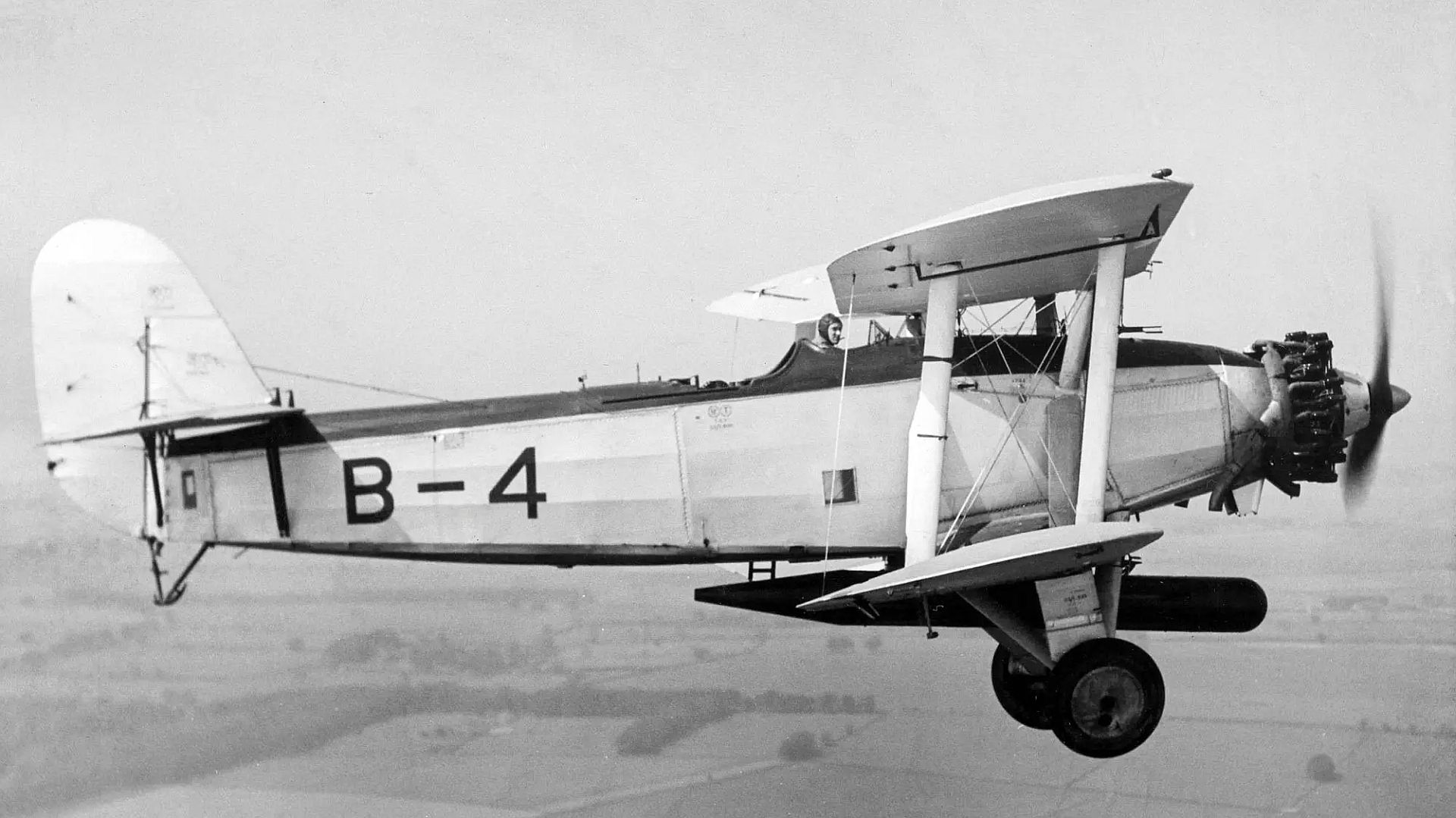
The Blackburn B-4, fitted with a 650hp Armstrong Siddeley Tiger I two-row radial and the Blackburn B-5, fitted with a single-row 545hp Bristol Pegasus I.MS. Both prototypes were built in September 1932, designated the Blackburn T.5J Ripon V, which was to become the preferred production configuration, which was first flown on 30th September 1932.
Below B-5)
The Pegasus-engined prototype conducted its maiden flight, flown by A. M. Blake. Following the completion of manufacturer tests, in February 1933, the two prototypes were delivered to RAF Martlesham Heath, Suffolk, for competitive evaluation flights. Partway through the evaluation, the aircraft were briefly returned to Blackburn's facility in Brough to be fitted with bomb rails and a Townend ring. The Air Ministry paid attention to these trials and expressed its preference for the Pegasus-powered version of the aircraft.
During early 1933, Specification 4/33 was written up around the aircraft for it to serve as a short-term replacement for the FAA's Ripons.An initial order was issued to Blackburn for a pair of pre-production aircraft, which were speedily constructed. In April, acceptance trials at Martlesham Heath had commenced with the first pre-production aircraft, while the second remained at Brought for trials installation. Sea trials were later performed onboard the aircraft carrier HMS Courageous; on 2 February 1934, the first catapult-assisted takeoff was performed at RAE Farnborough. During September 1933, it was announced that the Air Ministry had approved the name Baffin.
On 10 November 1933, the first production aircraft made its first flight. Orders were underway on the production of 26 newly built aircraft along with 38 conversions of airframes from existing Ripons; these existing airframes were extensively refurbished during this process. The aviation author Aubrey Joseph Jackson noted that the rate of manufacturing was particularly fast. During 1935, a further 26 conversions of Ripons into Baffins were ordered due to the reliability problems that had become associated with the Armstrong Siddeley Tiger engines that had powered the Blackburn Shark. A further factor was the political desire to expand the strength of the Fleet Air Arm. An additional three new production Baffins had the 580 hp (430 kW) Pegasus II.M3 engine and were termed the Baffin T8A.
Operational service
Initial deliveries, including the two prototypes and 33 production Baffins, were to Gosport for training purposes, such as dummy deck-landings and torpedo practice. During January 1934, No. 820 Squadron was the first to be re-equipping with the Baffin. On 7 March 1934, it was officially announced that the Baffin would be adopted as the standard torpedo bomber of the FAA. Through 1934, efforts were made to quickly disseminate the new aircraft beyond the home region, leading to many being dispatched in kit form to a variety of overseas locations, such as Malta and the Middle East, to equip units in these regions as well.
As early as January 1935, the Baffin was used at sea with No. 810 Squadron aboard HMS Courageous. In August of that year, No. 811 Squadron aboard Furious also received the type, while No. 812 Squadron on Glorious converted during May 1935. A flight of six Baffins of No. 810 Squadron headed the formation of FAA aircraft during the Jubilee Board Review off Spithead on 15 July 1935. On 22 June 1936, one Baffin, while closely circling the French ocean liner SS Normandie, collided with one of its derricks and crashed onto its foredeck.
As early as 1936, the Baffin began to be replaced in frontline service by more capable aircraft such as the Fairey Swordfish and the Blackburn Shark. No. 812 Squadron was the final FAA unit to operate the Baffin, although most of them would be lost with the destruction of a hangar caused by a tornado in December 1936. During September 1937, all remaining aircraft were struck off and shipped back to Britain. Entering storage, the type would not reenter British service even with the outbreak of the Second World War, thus it played no role in the conflict.
During August 1937, New Zealand arranged to acquire an initial batch of 12 Baffins from the Air Ministry, these were delivered in November of that year. The ministry subsequently approach the country seeking to sell further aircraft, thus 17 of the best-condition Baffins still in storage were also purchased and delivered throughout 1938. Despite the arrival of more capable types, these aircraft were equipped by the Territorial Air Force (reserve) squadrons based in Auckland, Wellington, and Christchurch as it was felt that the Baffin's obsolescence did not impinge on its value for conducting local coastal defence operations.
By September 1939, all three reserve squadrons had been fully equipped. It is believed that 24 Baffins were in an operational condition at the outbreak of the Second World War, 16 of which being stationed in Wellington while eight were based in Christchurch. These aircraft had been largely utilised as trainers prior to hostilities but, with the realisation of the threat posed by surface raiders, New Zealand's Baffins were returned to the active list. They were often dispatched on sea reconnaissance missions, aimed at maintaining awareness of nearby shipping and identifying potential threats.
During March 1940, all of the surviving aircraft were merged into the NZ General Reconnaissance Squadron based at Whenuapai. In 1941, this unit was subsequently redesignated 1 GR Squadron, at which point half its strength was transferred to 3 GR Squadron. Baffins continued to patrol the approaches to Lyttleton, Dunedin, and the Foveaux Straits up until this point. The type was replaced by the larger American-built Lockheed Hudson before the outbreak of war with Imperial Japan; the last Baffins were reportedly broken up at Rongotai in 1941.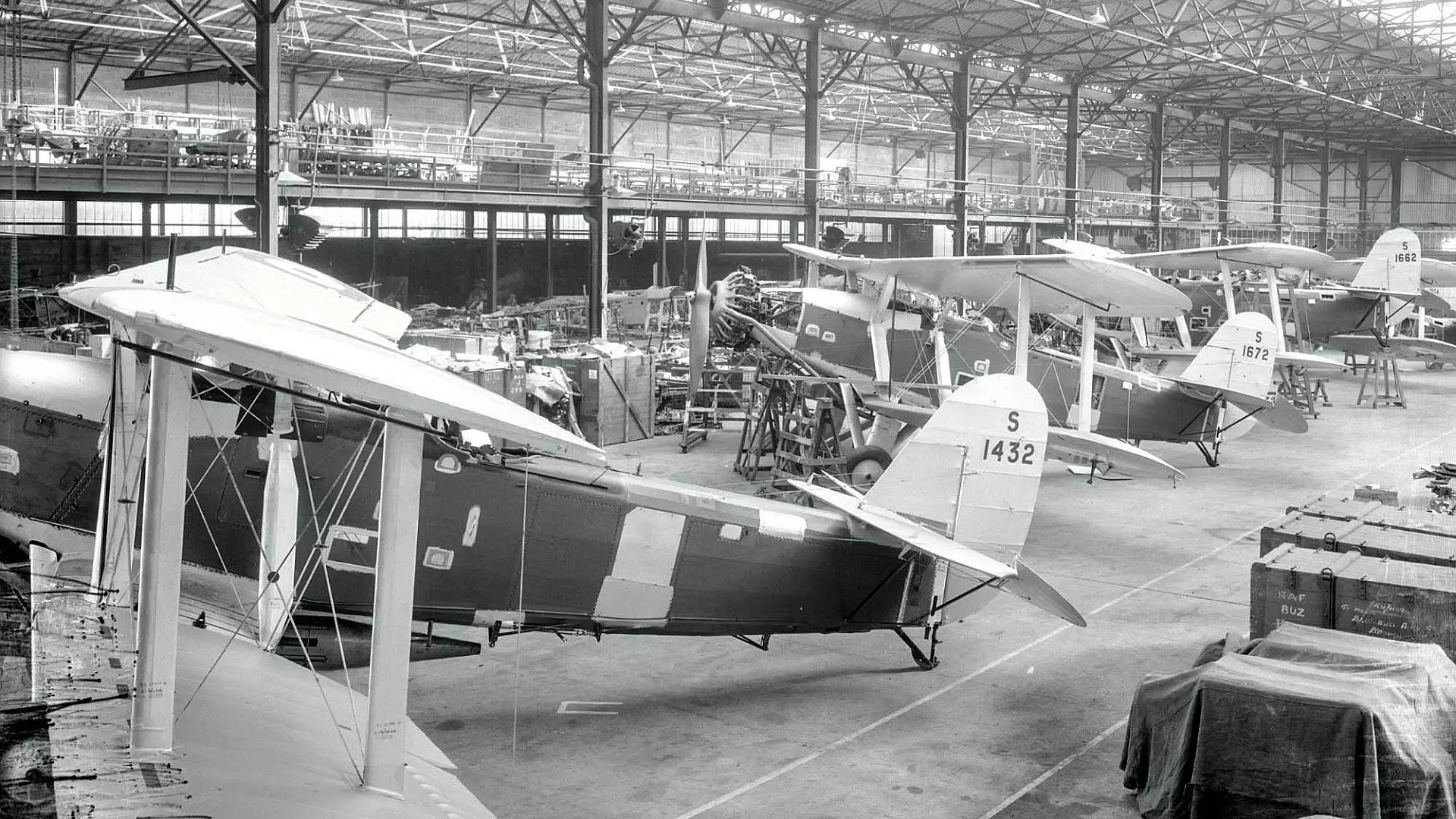
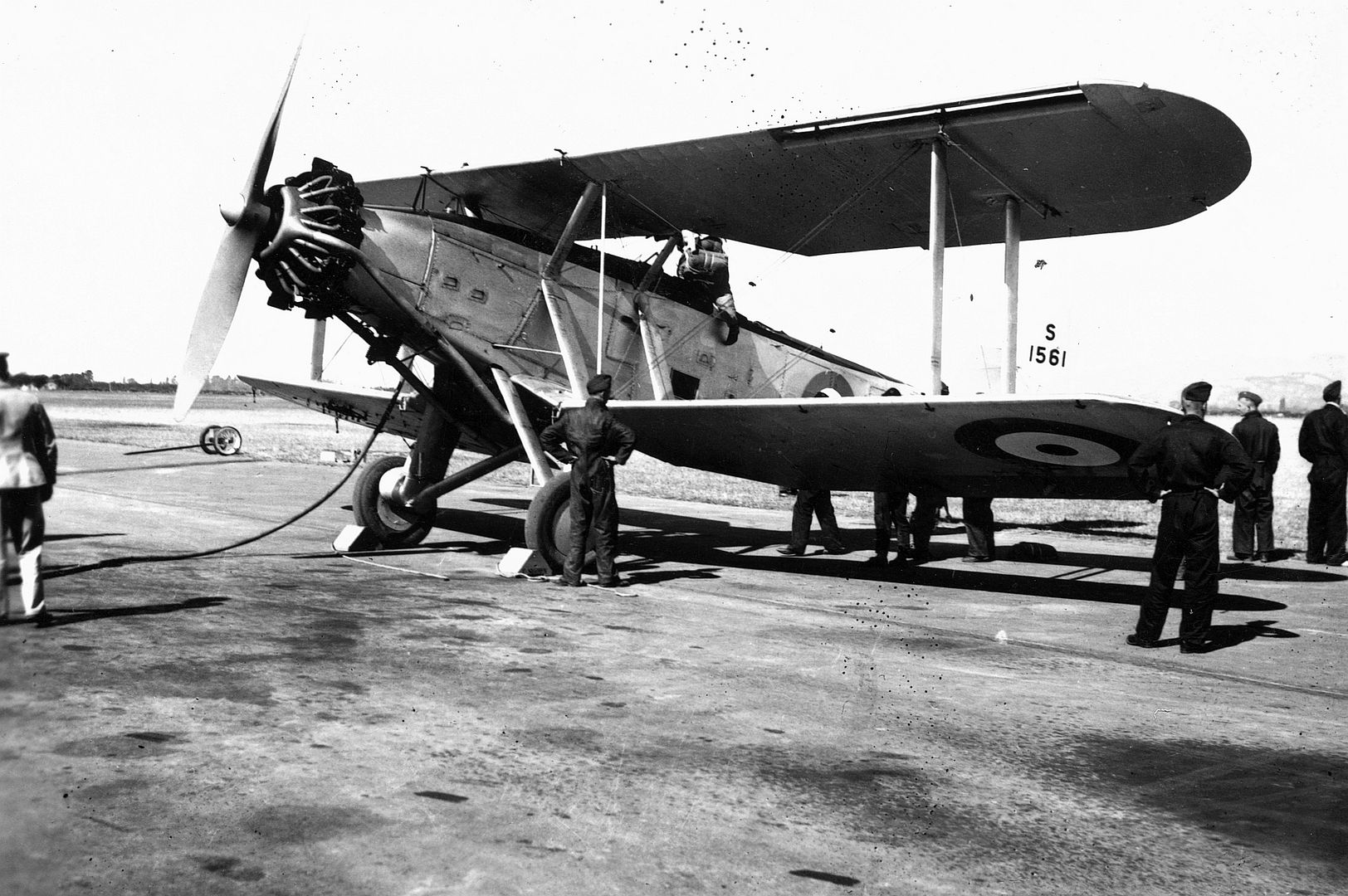
_and_Squadron_Leader_EA_Gibson..jpg?width=1920&height=1080&fit=bounds)
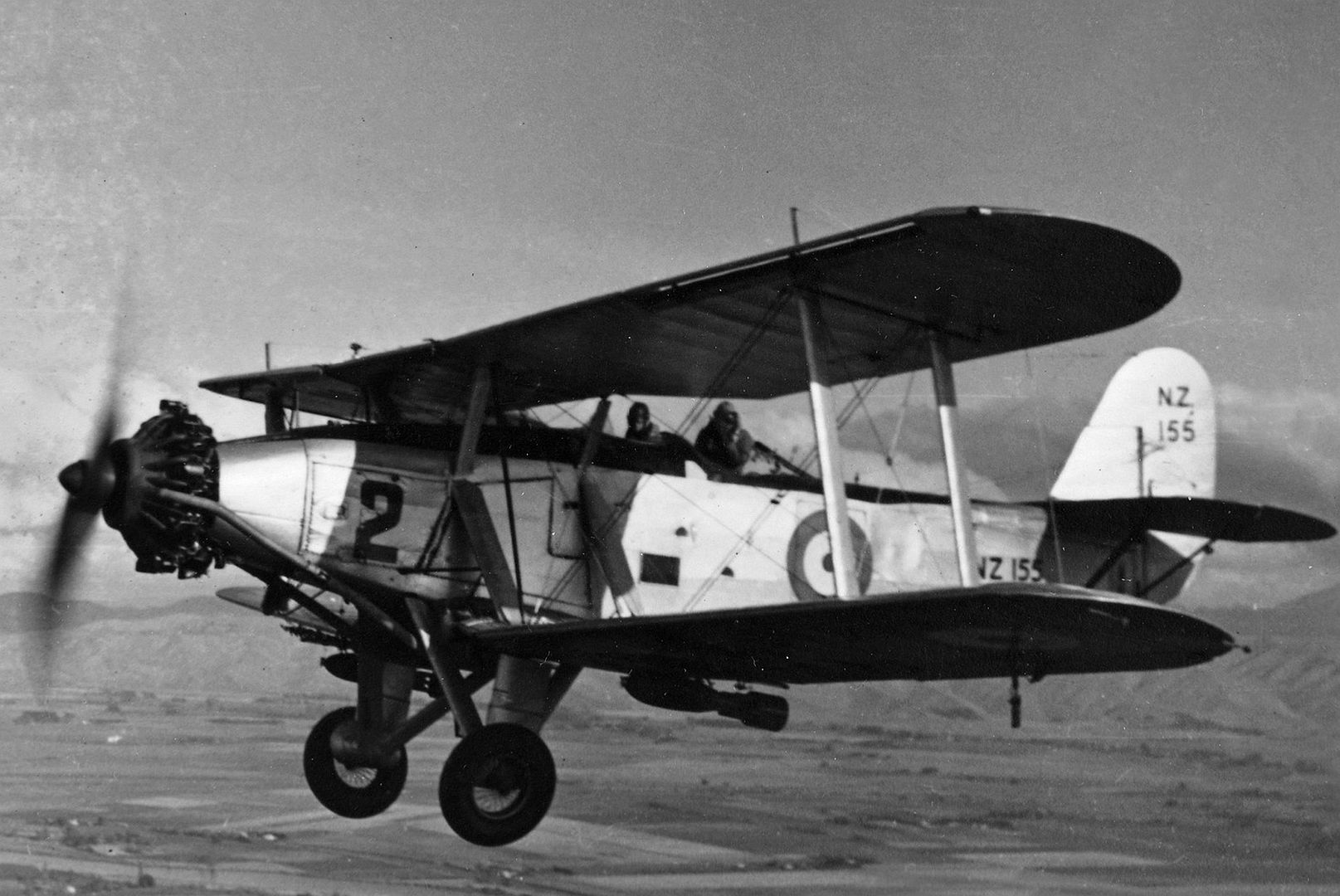
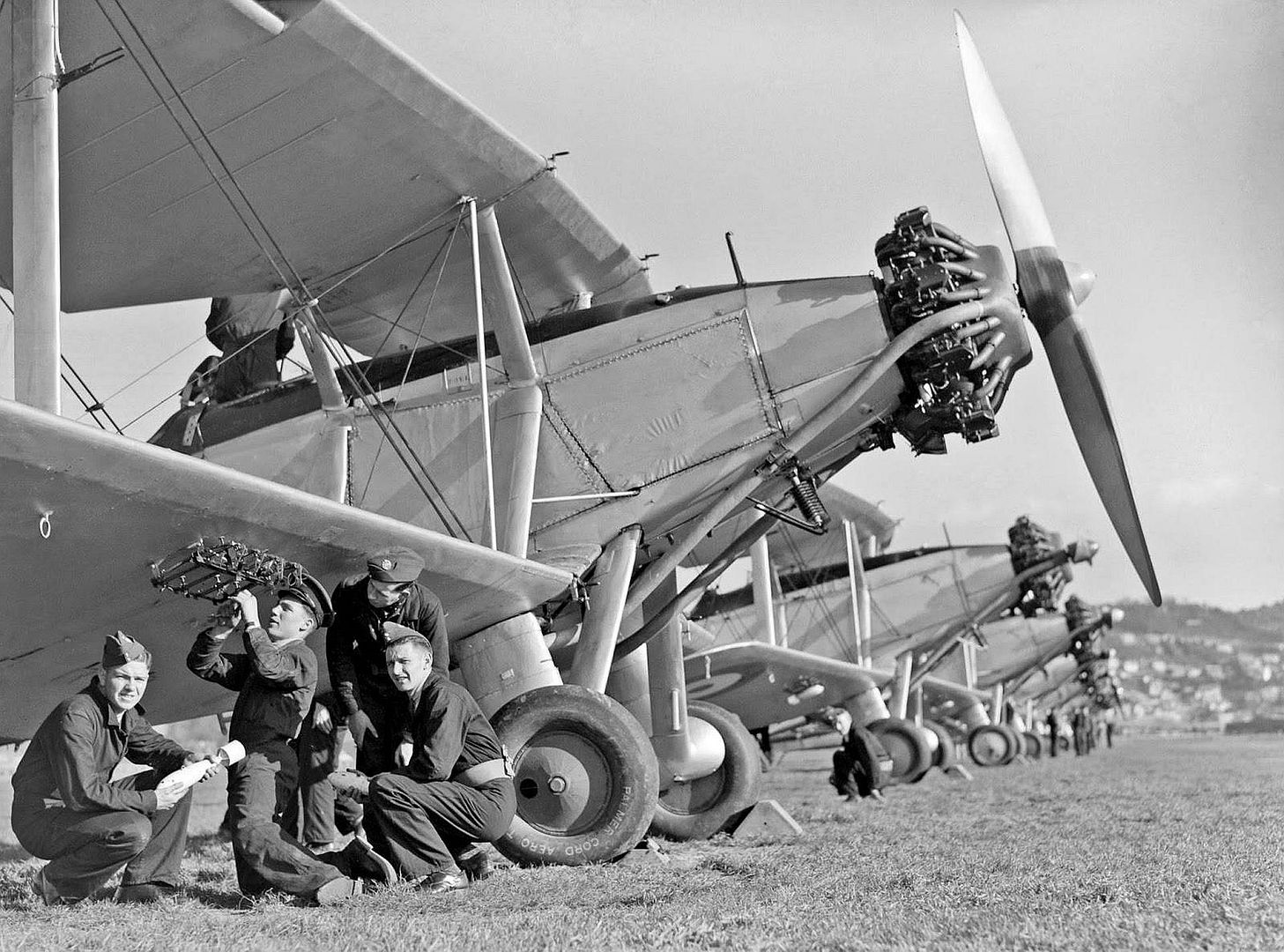
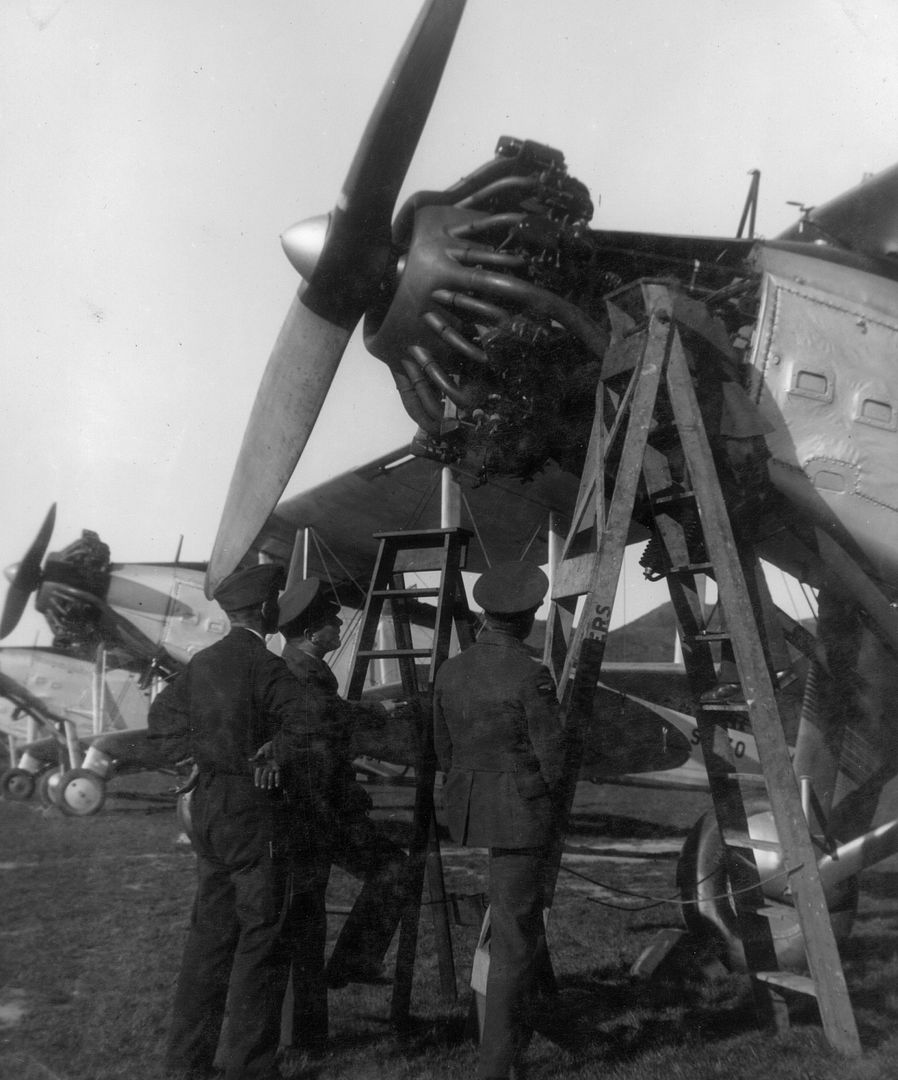
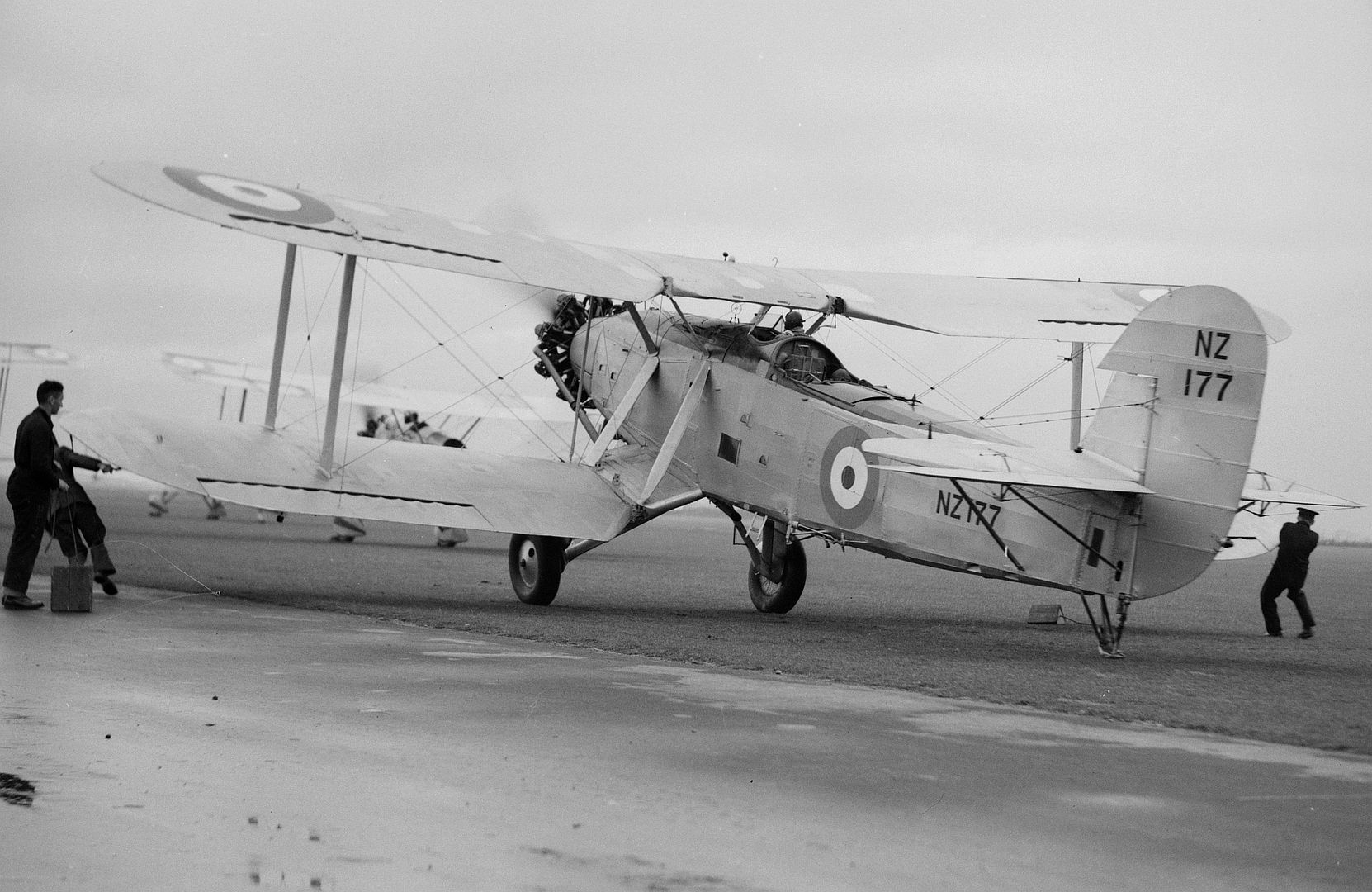
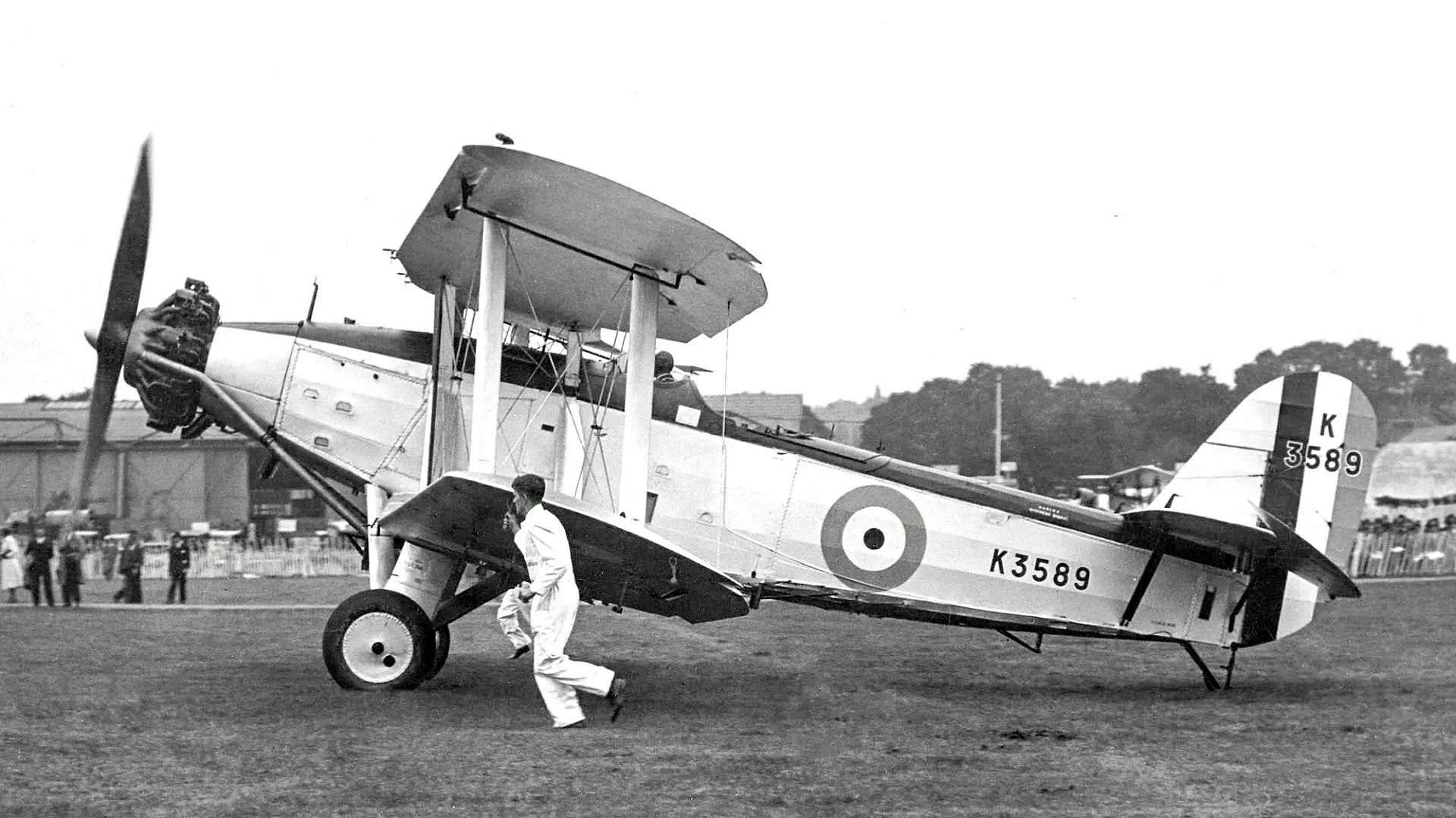
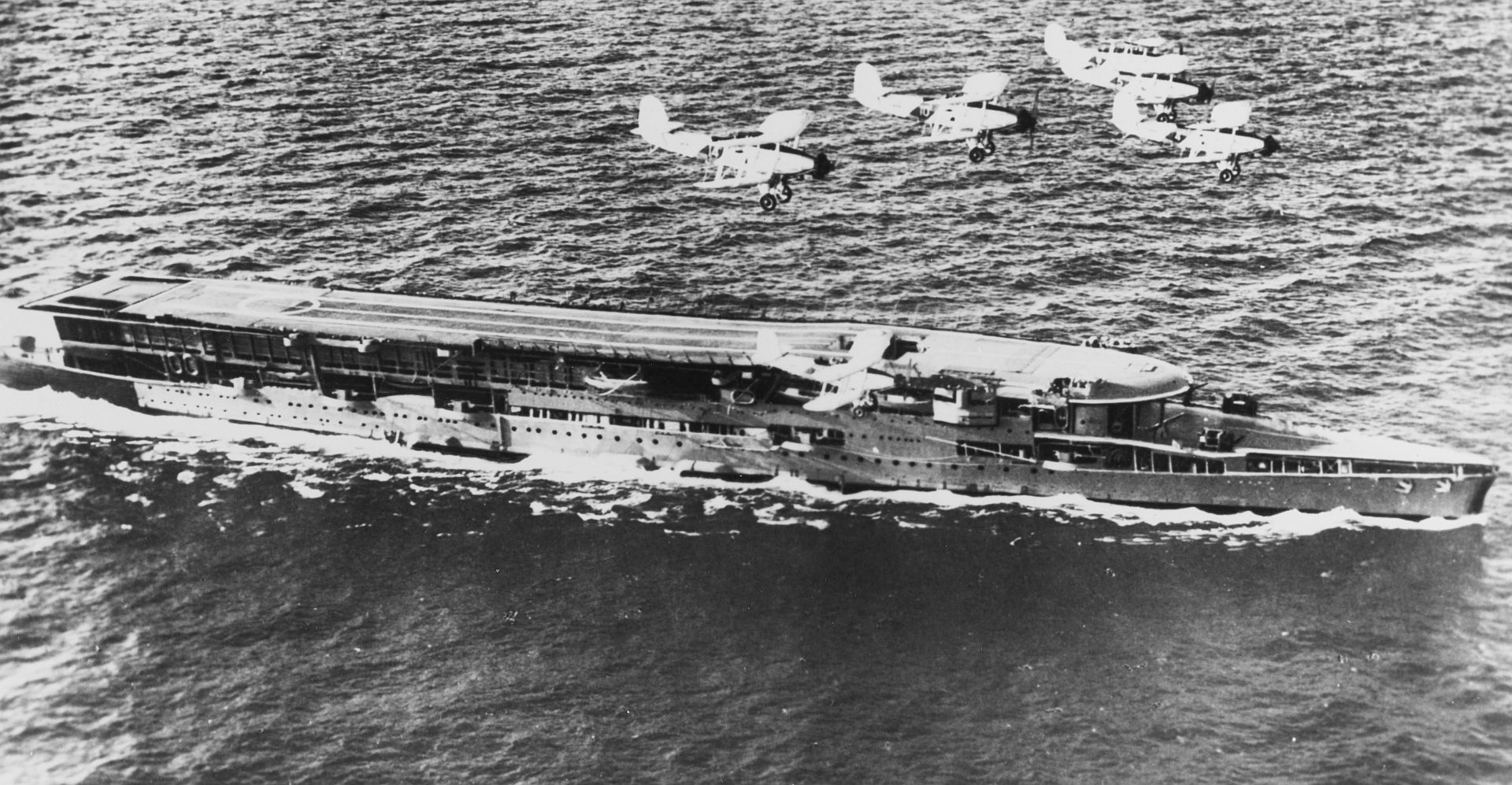
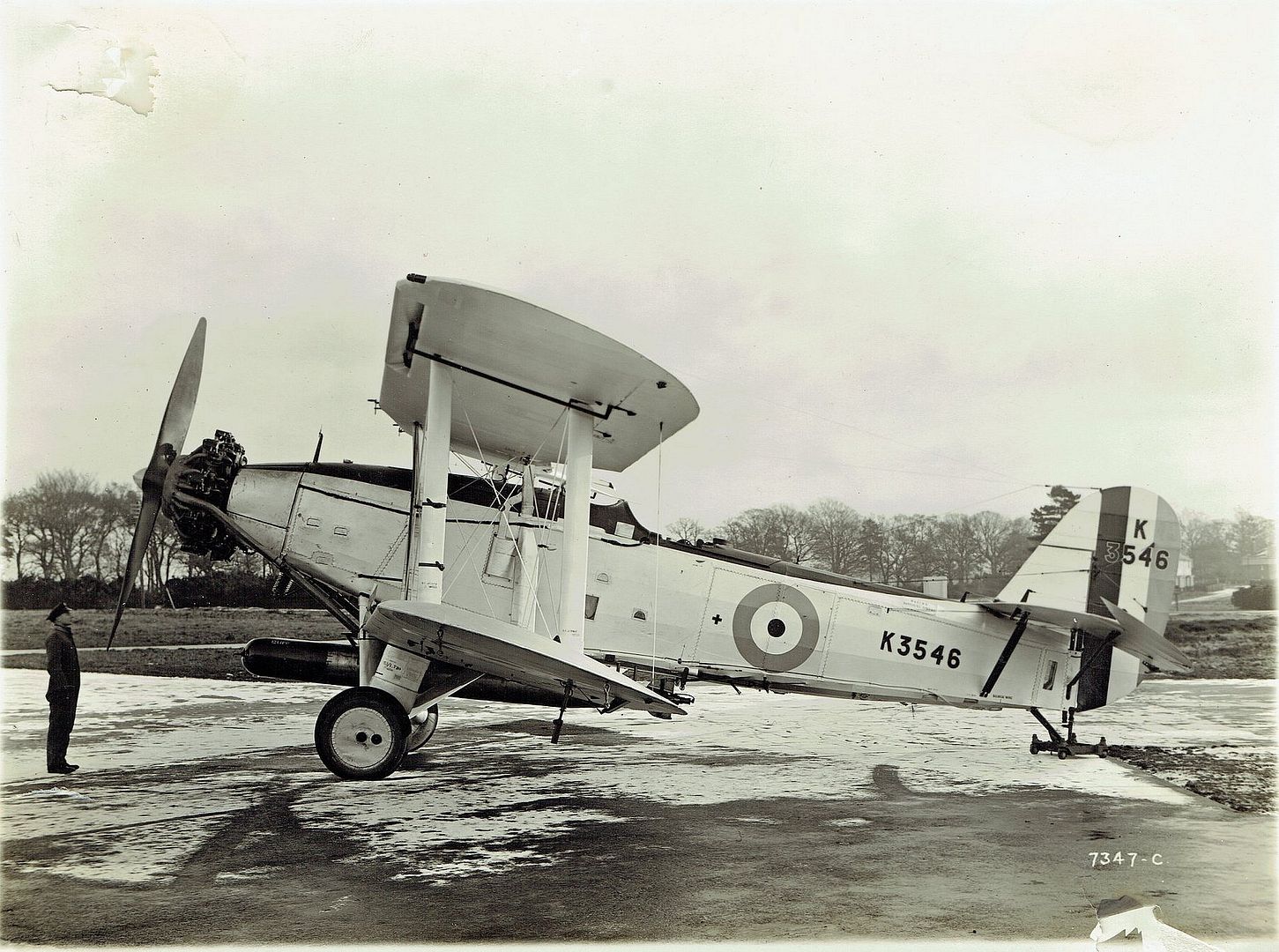
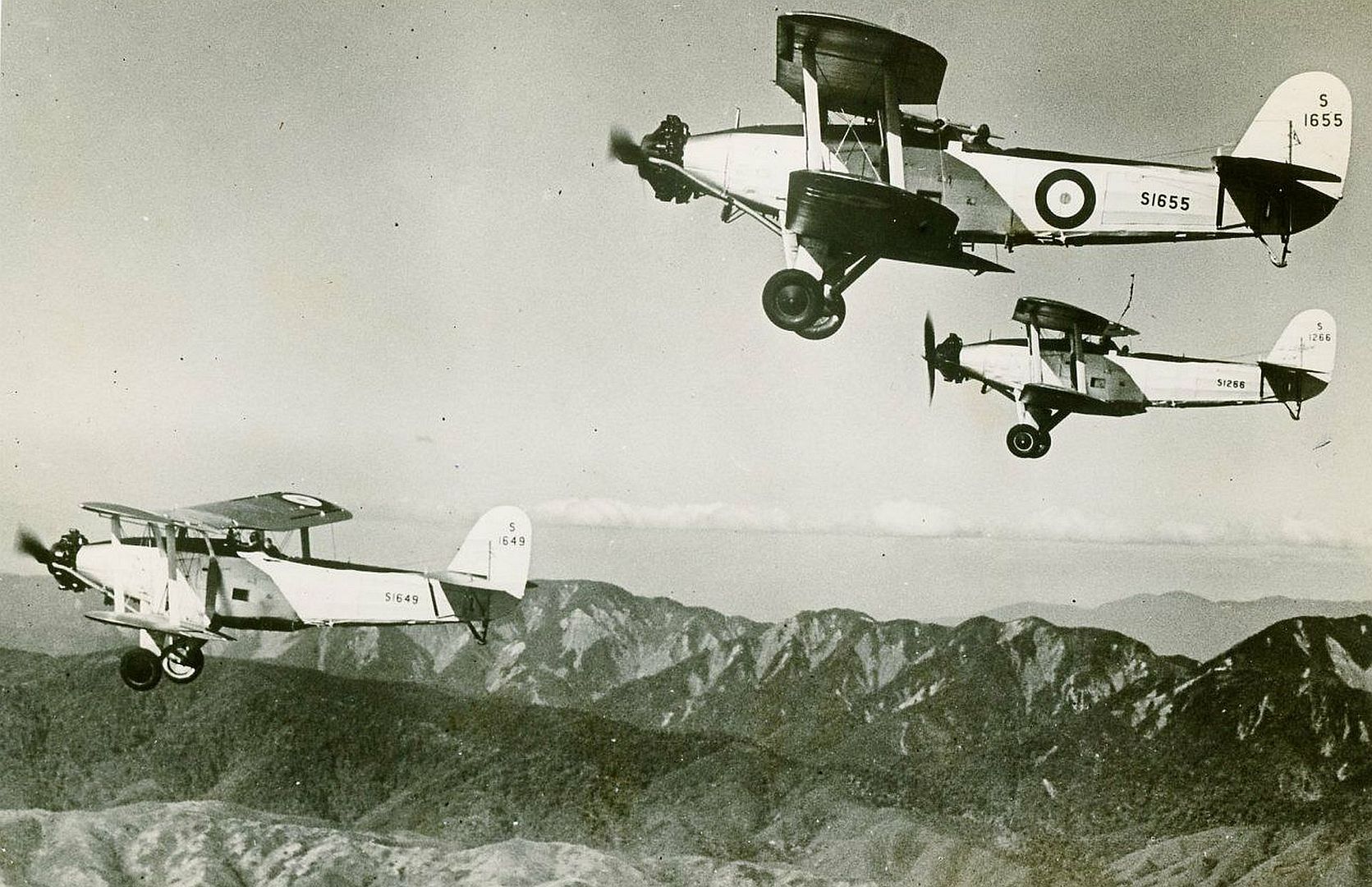
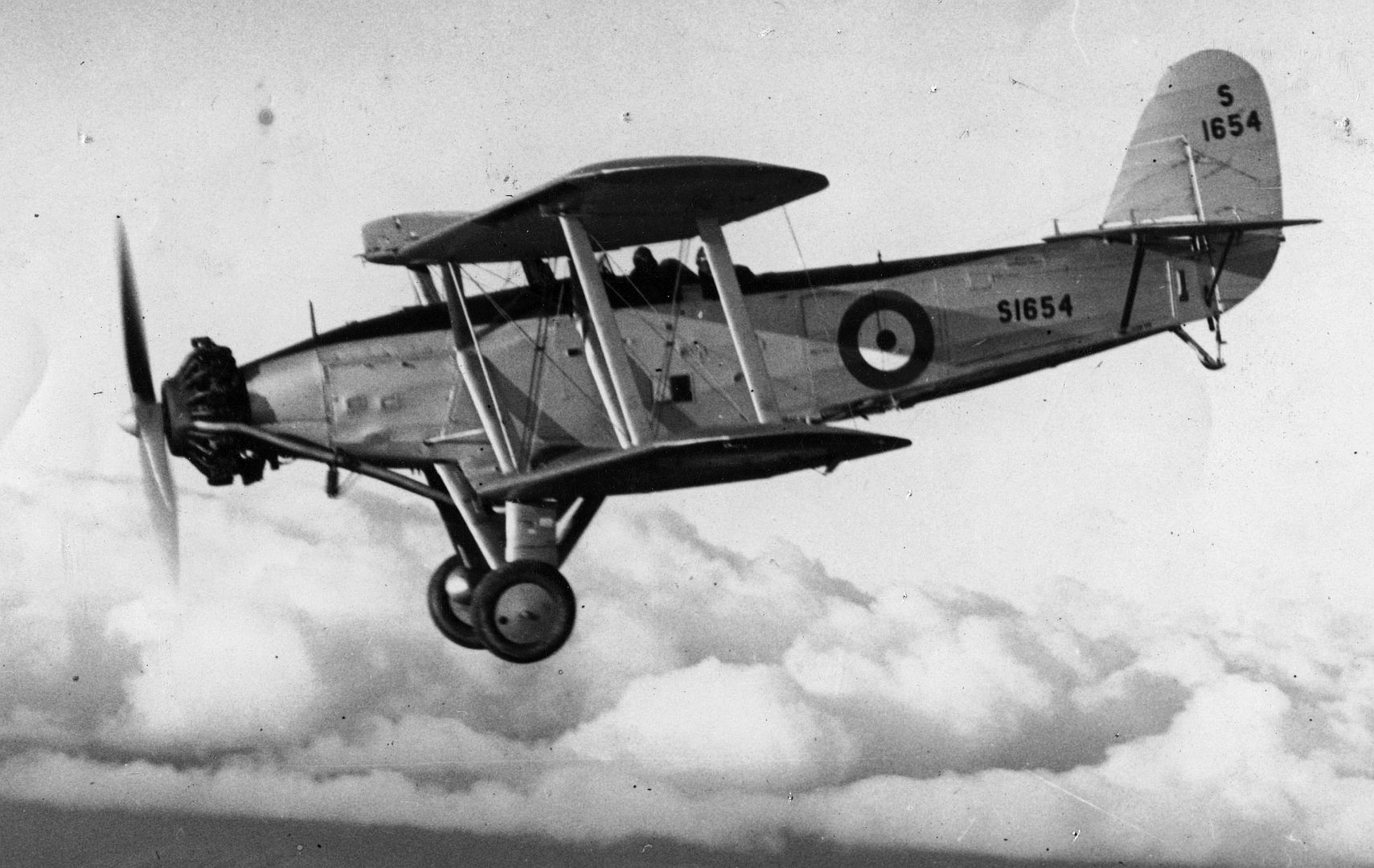
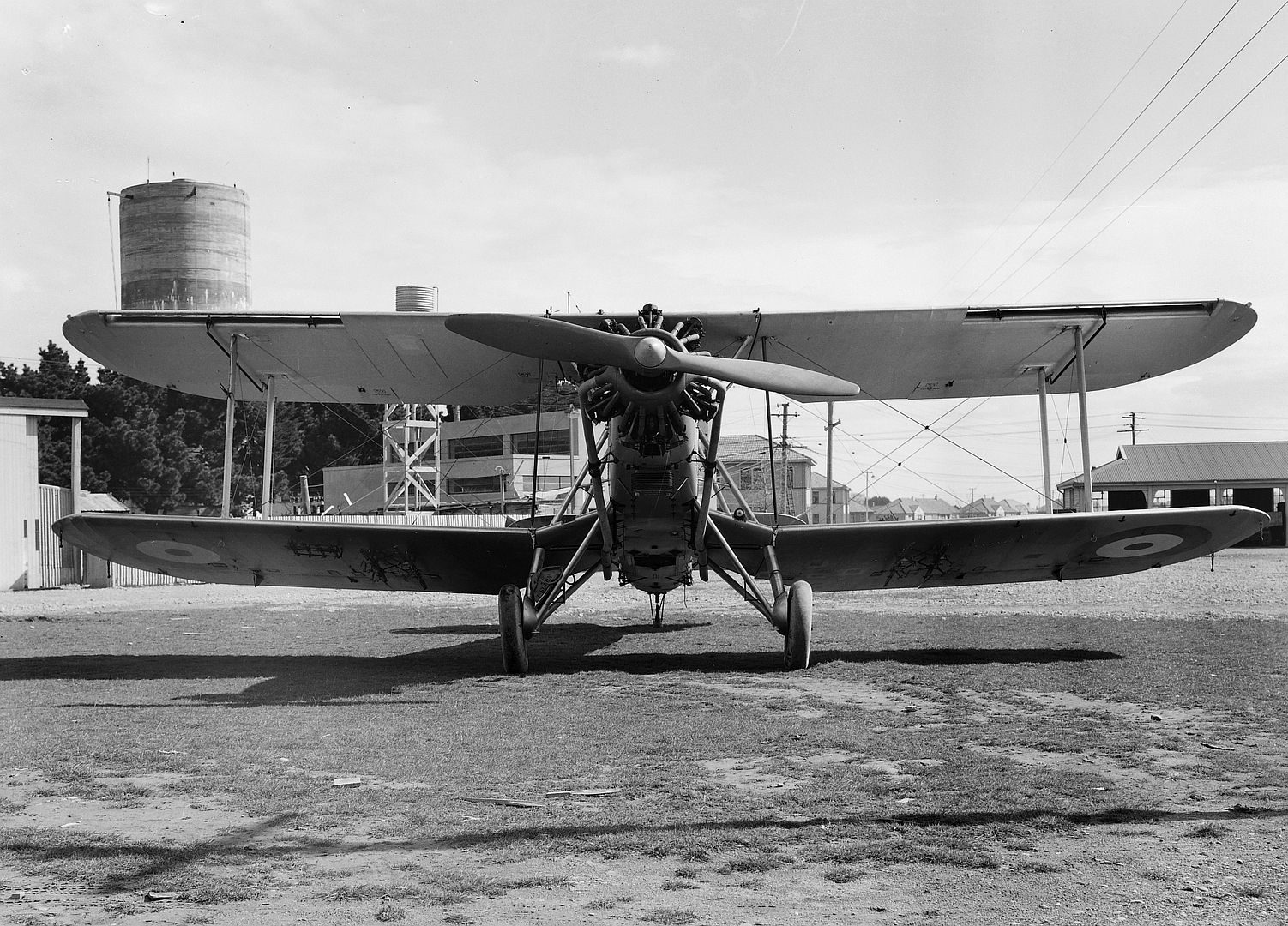

Specifications (T.8 Baffin)
General characteristics
Crew: 2
Length: 38 ft 3+3⁄4 in (11.678 m)
Wingspan: 44 ft 10 in (13.67 m)
Width: 17 ft 10 in (5.44 m) folded
Height: 12 ft 10 in (3.91 m)
Wing area: 683 sq ft (63.5 m2)
Empty weight: 3,184 lb (1,444 kg)
Gross weight: 7,610 lb (3,452 kg)
Powerplant: 1 × Bristol Pegasus I.M3 nine-cylinder air-cooled radial piston engine, 565 hp (421 kW)
Propellers: 2-bladed fixed-pitch propeller
Performance
Maximum speed: 136 mph (219 km/h, 118 kn) at 6,500 ft (1,981 m)
Range: 490 mi (790 km, 430 nmi)
Endurance: four hours and 30 minutes
Service ceiling: 15,000 ft (4,600 m)
Rate of climb: 600 ft/min (3.0 m/s) at 5,000 ft (1,524 m)
Armament
Guns:
1 × forward firing fixed 0.303 in (7.7 mm) Vickers gun
1 × 0.303 in (7.7 mm) Lewis gun in rear cockpit
Bombs:
1 × 1,800 lb (820 kg) 18 in (457 mm) torpedo or 1,600 lb (730 kg) of bombs.
(Text from Wikki)
Post a reply
- Go to Previous topic
- Go to Next topic
- Go to Welcome
- Go to Introduce Yourself
- Go to General Discussion
- Go to Screenshots, Images and Videos
- Go to Off topic
- Go to Works in Progress
- Go to Skinning Tips / Tutorials
- Go to Skin Requests
- Go to IJAAF Library
- Go to Luftwaffe Library
- Go to RAF Library
- Go to USAAF / USN Library
- Go to Misc Library
- Go to The Ops Room
- Go to Made in Germany
- Go to Campaigns and Missions
- Go to Works in Progress
- Go to Juri's Air-Raid Shelter
- Go to Campaigns and Missions
- Go to Works in Progress
- Go to Skinpacks
- Go to External Projects Discussion
- Go to Books & Resources
